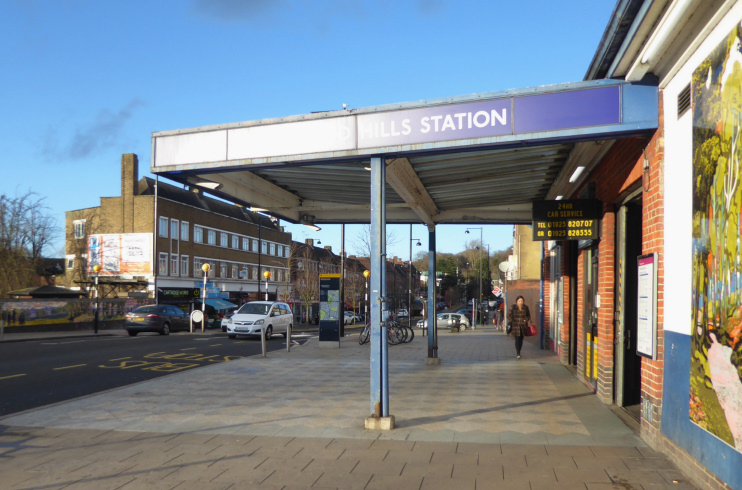Northwood Hills
Northwood Hills, Hillingdon
The south-eastern end of Northwood, named to convey an impression of poshness when it was actually relatively affordable

In the mid-18th century most of this area was part of Ruislip Common and it remained wholly rural until Northwood’s growth began to spill over in the early 20th century.
The Metropolitan Railway agreed to build Northwood Hills station on condition that the developer indemnified it against all losses for five years, but such was the project’s success that the requirement was soon waived.
The station opened in November 1933 and the construction of houses nearby began almost immediately afterwards and continued for two decades. Most of the properties were built on a more affordable scale than in Northwood itself, some in a flat-roofed modernist style.
Religious services were held from 1935 in a tent on the site of the present church of St Edmund the King, which was completed in 1964. Opened as the Northwood Hills Odeon, the Rex cinema was demolished in 1975 and replaced by a supermarket.
At the 2011 census, 57 per cent of Northwood Hills’ residents were white British. The main ethnic minority is of Indian birth or descent, and mostly Hindu. A relatively high 23 per cent of residents are aged over 60.
During the 1960s the young Elton John (born Reginald Dwight) lived at 30 Frome Court on Pinner Road with his mother and stepfather-to-be. At the age of 16 he began performing at the Northwood Hills Hotel every weekend, for £1 a night plus the proceeds of a whip-round. The establishment is now an Indian restaurant.
